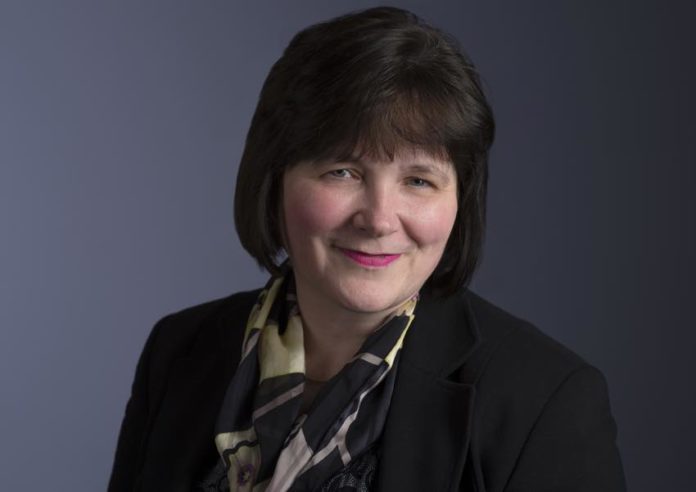In most services firms, a sizeable percentage of this year’s clients will be next year’s clients too. They will also recommend a fair volume of new clients too.
Or will they?
If you’re not spending time talking to them, listening to what’s going on in their world and adding value beyond the work you are doing for them, then their numbers will dwindle year-on-year. And worst still, the numbers of people they recommend to you will also fall (one of the best free streams of new business you can get).
Businesses based around serving a few very large clients are likely to have this already baked in to their BD. But what if your clients number in the hundreds or thousands and you aren’t really sure whether they will instruct you again? How do you know if they are still a client or not? And are you comfortable that your firm is doing all it can to keep them?
Perhaps it’s time revisit the rut. Not the comfy one where you rationalise that its ok if we ‘lose’ 10% of clients a year we can easily win 15% worth of new clients – so that’s a 5% gain overall. That’s a behavioural rut which also means you probably also underestimate the effort you’ll need to put in to win that 15% – remembering each take five to seven times as much effort to win a new client as to keep an existing one.
So what rut do you and your BDM team need to get into?
If you haven’t done so, then the first step is to understand the makeup of your client base and RUT is one of the four starting points which I find most useful:
1. How closely do they align to your ideal client profile/s?
2. How profitable are they?
3. How long have they been a client?
4. What kind of client are they – do you see them as a Relationship (repeat/cross practice), Undecided (too soon to tell), or Transactional client (RUT)?
You will most likely want to profile them in additional ways (team, opportunity, feedback scoring, NPS, risks etc) but fundamentally understanding your client base and their RUT makeup is the starting point for more effective BD with your existing clients.
What factors are important to you, when you’re looking at your client base?
Ruth Napier is Director of Business Development and Marketing at Cripps Pemberton Greenish.


